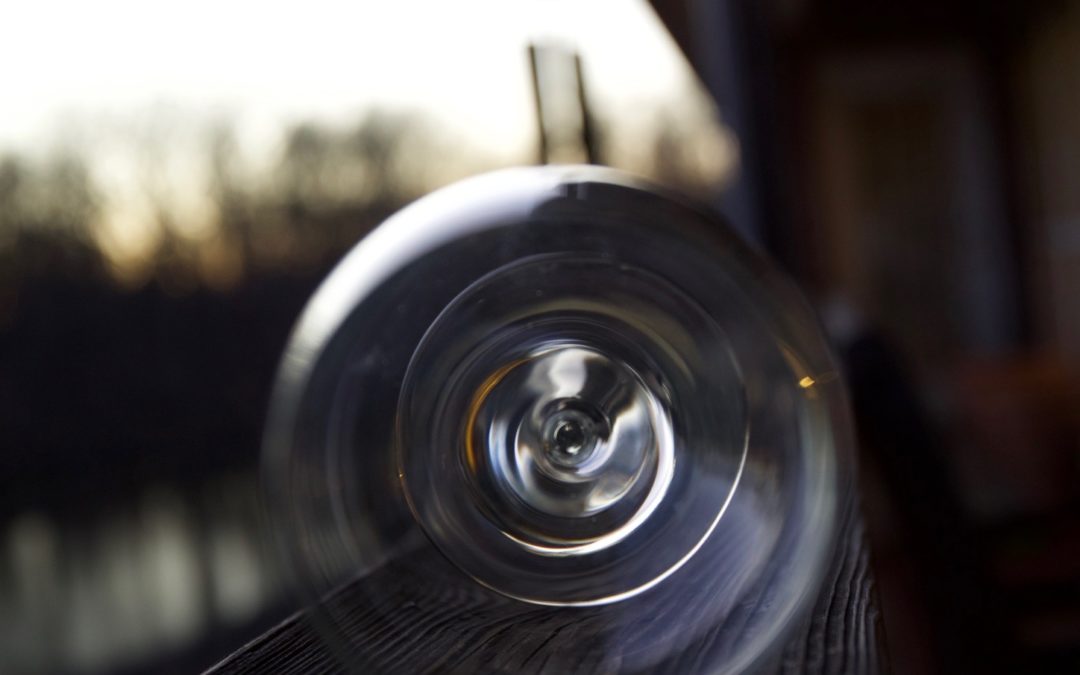
by Lorri | Mar 6, 2019 | UnCorked
The practice of changing your preferred wine with the season, just as you change your wardrobe, still meets some resistance. Most of us tend to “like what we like” no matter what the weather or season. But drinking the same wine day in and day out puts us in a rut where we miss out. With warmer temperatures just around the corner, it’s time to look at trading in the heavy reds of winter for one of these unique, refreshing value priced bottles.
MUSCADET
Some of the best surprises can be found in the unfamiliar grape varietals lining the retail shelves. Muscadet is one of those wines. Don’t confuse this wine with Italian Moscato or our indigenous muscadine of the South. Muscadet is a dry white wine from the Loire Valley of France made from Melon de Bourgogne grapes. Don’t expect a fruit bomb like many white wines — this wine is lean, green and you can usually pick up a salinelike quality to the taste. This saline quality comes from the muscadet vineyards’ proximity to the sea. Many muscadets are aged on the lees or the suspended dead yeast particles. This wine often appeals to beer drinkers as it can taste almost similar to a lager with a creamy texture and yeast flavor.
THE VALUE
- 2017 Chateau de l’Oiseliniere Muscadet, France (about $14 retail)
PICPOUL
Just as I have been a cheerleader for rosé in the past, my new mission is as a champion of Picpoul. Another unfamiliar grape to many wine drinkers, this wine will eventually become a staple to the table year-round. Don’t be deceived by the tall slim green bottle often associated with sweet German wine, this is a refreshing bone-dry white wine layered with grapefruit, floral, green apple, lemon and most importantly racing acidity. It’s this high acidity and citrus fruit notes that make this wine an all-around food pairing dream and chilled sipping sensation. This grape has an extensive past as an ancient Languedoc grape variety also known as piquepoul, literally meaning “lip stinger” signifying the high acidity of the wine. Picpoul is the grape variety but look for Picpoul de Pinet when buying. It is one of the named Crus of Coteaux de Languedoc made exclusively from this grape. Another reason this is one of my favorite white wines, the price of most bottles falls under $15 retail.
THE VALUE
- 2017 HB Picpoul de Pinet, France (about $11 retail)
VINHO VERDE
Another lesser known low-alcohol white wine is Vinho Verde from northern Portugal. This wine is produced to be consumed young and should not be aged. There is no need to memorize the grapes usually used (alvarinho, arinto, avesso, loureiro and trajudura) just focus on the refreshing taste and lively, zesty acidity. Traditionally producers bottled the wine early and young, giving it a slight detection of fermentation in the bottle. But in most modern versions, winemakers give the bottle a boost of carbon dioxide for the light bubbles. It’s this style of slight fizz, citrus fruit and easy drinking that has given Vinho verde the playful reputation in Europe as “soda pop for adults.”
THE VALUE
- 2017 Broadbent Vinho Verde, Portugal (about $9 retail)
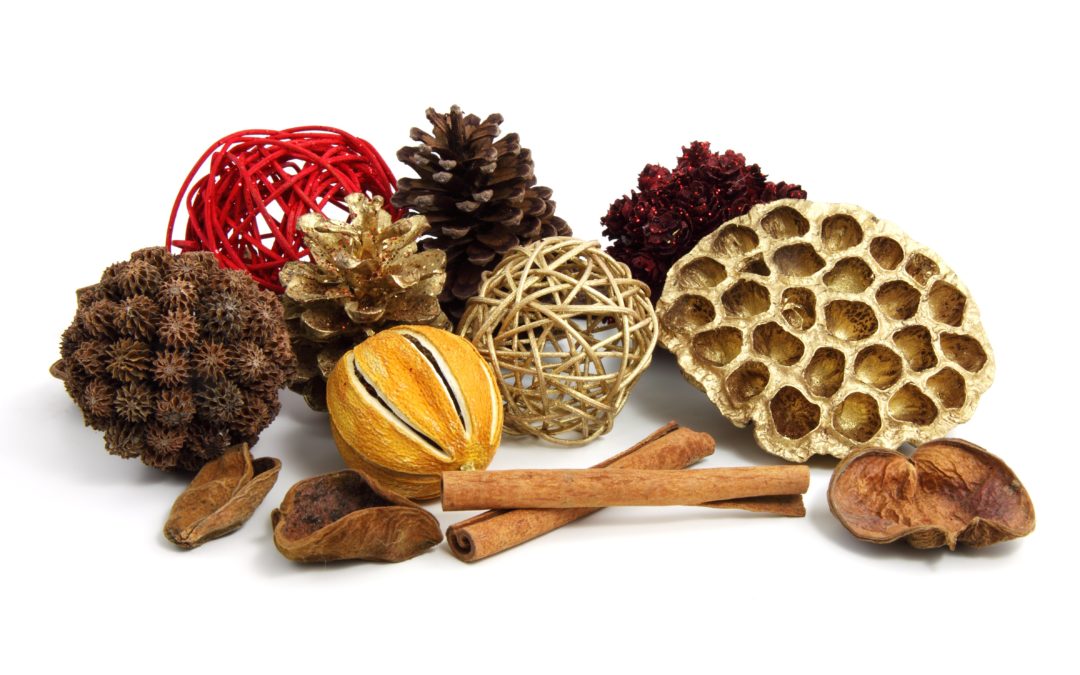
by Lorri | Feb 27, 2019 | UnCorked
A question I’m asked a lot is why wines smell and taste like so many different things and not just grapes. Most wine drinkers notice subtle aromas such as spice, blueberry, tobacco or vanilla. These aromas and tastes are not the result of winemakers secretly blending blueberries into the wine but are created from the process of winemaking.
Let’s start by looking at the vocabulary used to describe these terms and then the scientific reasoning.
The vocabulary can sometimes be baffling to many people when they start exploring wines by tasting notes. We have all read confusing descriptors like “the wine was brisk, subtle and showered the glass with aromas of barnyard, hay and chocolate.”
I like to explain to tasters to think of it this way, what does the aroma remind you of when you smell the wine? When I smell many gewurztraminers, it reminds me of a rose perfume my grandmother would wear. You may smell something different, but equally floral in gewurztraminer. These descriptors are sometimes specific to the taster and are often references to what psychologists call smell memories — a scent’s ability to evoke specific memories.
The scientific aspect is generally much easier to understand. The science of wine aroma and flavors involves both the grapes and the fermentation process. Each grape variety has a very unique physiological makeup with aromatic compounds varying with how the grapes were grown (both viticulture and climate.) The aromas and taste are then amplified or modified during fermentation. Hundreds of aromatic compounds known as “esters” are released during fermentation. Some of these esters contain the same molecules found in familiar aromas and taste in roses, honey, vanilla, cherries, etc. Esters are responsible for the different aromas we experience everyday from pineapples (Ethyl Butanoate) to the smell of a Christmas tree (Bornyl Acetate).
Most esters in wine impart a “fruity” smell. Each grape variety is unique. In younger wines there are primary aromas. In red wines those can be red berries, cherry, blackberries and blueberries, and for white wines they can be apples, pineapples, citrus and other tropical fruits. As wines age another tier of aromas develop known as “secondary” and “tertiary” and can be tobacco, smoke, truffle and earth. These are the sought-after aromas usually only found in high-end wines intended to age.
It takes a lot of practice to decipher the many layers of aromas and taste a complex wine will impart. The good news is you can find the Wine Aroma wheel easily on the Internet, giving you a sort of “cheat sheet” for guiding your smell and taste. But remember, practice makes perfect and just simply writing down the aromas and taste in your next glass of wine will put you on your way to being an expert taster.
To get you started, here’s some homework.
Sauvignon Blanc (citrus fruits, green apples, bell pepper, grass)
- 2017 Monkey Bay Sauvignon Blanc, New Zealand (about $13 retail)
Merlot (plum, strawberry, blackberry, oak)
- 2017 Charles Smith Velvet Devil Merlot, California (about $14 retail)
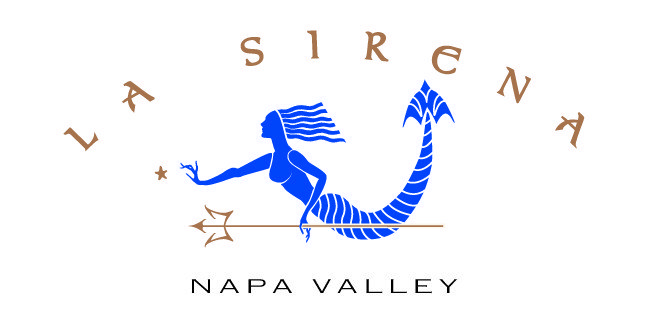
by Lorri | Feb 20, 2019 | UnCorked
Heidi Barrett holds the acclaimed status as one of the most recognized names in Napa Valley. She can boast being the original artisan behind the cult status of Screaming Eagle and winner of some of the first multiple 100-point “Parker” scores for Napa Valley wines.
During her recent visit to Little Rock, I talked with Barrett about her career and her life. And as most who meet her will agree she is much more than Parker scores, she is passionate, humble, gracious and just the kind of person you immediately want to be friends with.
Her love of life spills over into her winemaking and other passionate endeavors. She is an artist, scuba diver and a helicopter pilot in addition to her remarkable talent of winemaking.
She has her hand in many winemaking projects, putting her signature touch on many of the most sought-after wine brands in the world. It’s her passion for her own label, La Sirena, that is especially deserving of attention. It’s her literal playground to show her amazing artistic ability in the winery. It started in 1994 as a fluke opportunity during a custom wine crush for a client using Sangiovese. The project fell through before bottling, but she had already created a beautiful wine. Just as they were about to put the wine up for sale in the bulk market she thought, “Here’s my chance to start my own winery.” And so, she did … creating her La Sirena brand.
As a true fan and follower of Barrett’s winemaking career, I am thrilled to have this brand in Arkansas. La Sirena produces about 2,000 cases of six different wines each year — her signature Cabernet sauvignon; a unique dry Moscato; Pirate TreasuRed based on Syrah, and blending Grenache, merlot, cab Franc and petit Verdot; “Le Barrettage” a Rhone lover’s dream; and the newest to the portfolio, a lush expression of Grenache.
- 2016 Pirate TreasuRed, California (about $80 retail)
- 2015 La Sirena Le Barrettage, California (about $85 retail)
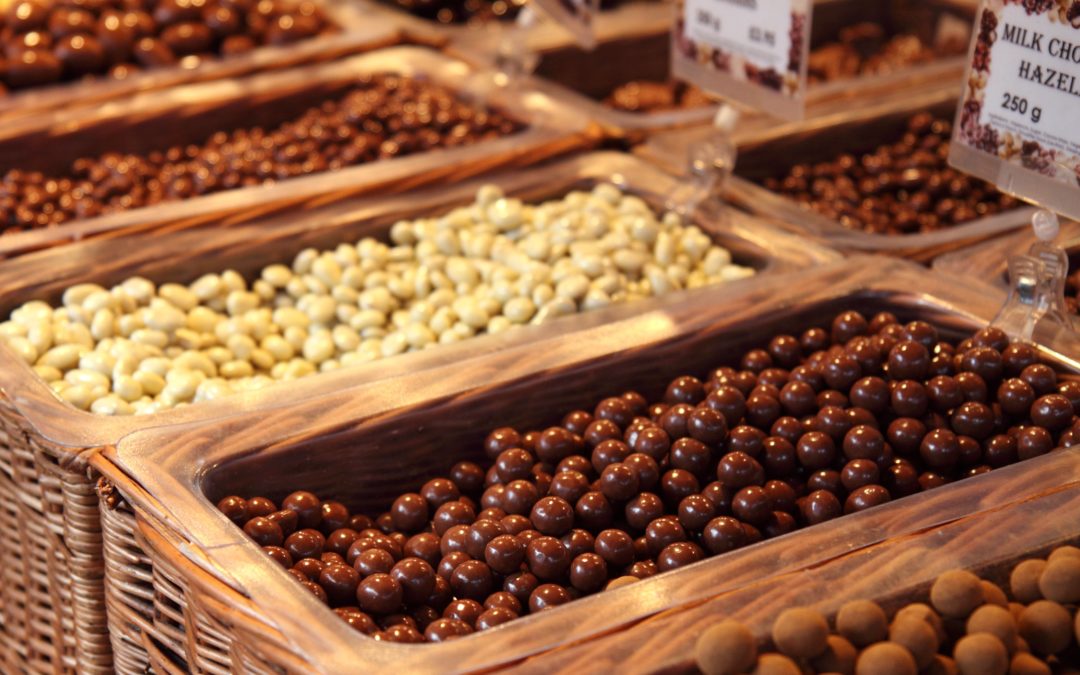
by Lorri | Feb 13, 2019 | UnCorked
Wine and chocolate is a recurring theme on Valentine’s Day. Understandably, considering many of us will be either giving a gift of wine and chocolate or opening a gift of wine and chocolate. Keeping it simple and knowing the most common mistakes will ensure the two complement each other and make your Valentine celebration much more enjoyable.
There are many rules for general wine and food pairing, but with chocolate and wine there are two keys to successful pairings:
The first, when pairing wine and chocolate, the wine should be at least as sweet — if not sweeter — than the chocolate. If the wine is not as sweet as the chocolate many times the pairing will have a slight sour taste.
And second, avoid pairing chocolate with over-oaked red wines or extremely dry styles as these mismatches will likely rob the chocolate of its sweetness and rob wine of its fruitiness. The result is an unpleasant, dry, dusty flavor.
For safe bets pair light-bodied wines with mild-flavored chocolate, and full-bodied wines with darker and more robust chocolate. For example, a delicate Moscato d’Asti matches perfectly with the mellow buttery flavors in many white chocolates. Cabernet sauvignon matches well with many dark chocolates because it has hints of aromatic dark berry, spice and even of chocolate itself.
To make gift buying easy, here are some safe pairings. All you need to do is choose your partner’s favorite style of chocolate and then select value or splurge that fits your budget.
White chocolate with framboise or moscato
THE VALUE
- NV Cupcake Moscato d’Asti, Italy (about $12 retail)
THE SPLURGE
- 2017 Castello Del Poggio DOCG Moscato, Italy (about $19 retail)
Light-bodied milk chocolate with pinot noir or cabernet sauvignon
THE VALUE
- 2016 Block Nine Pinot Noir, California (about $15 retail)
THE SPLURGE
- 2015 Sonoma-Cutrer Russian River Valley Pinot Noir, California (about $29 retail)
Medium bodied milk or semisweet chocolate with cabernet sauvignon, port, merlot or syrah
THE VALUE
- 2017 Chateau St. Jean Merlot, California (about $14 retail)
THE SPLURGE
- 2015 Round Pond Cabernet Sauvignon, California (about $65 retail)
Full-bodied bittersweet or dark chocolate with cabernet sauvignon or port
THE VALUE
- 2017 Coppola Diamond Label Cabernet Sauvignon, California (about $16 retail)
THE SPLURGE
- Kopke 10 Year Tawny Port, Portugal (about $37 retail)
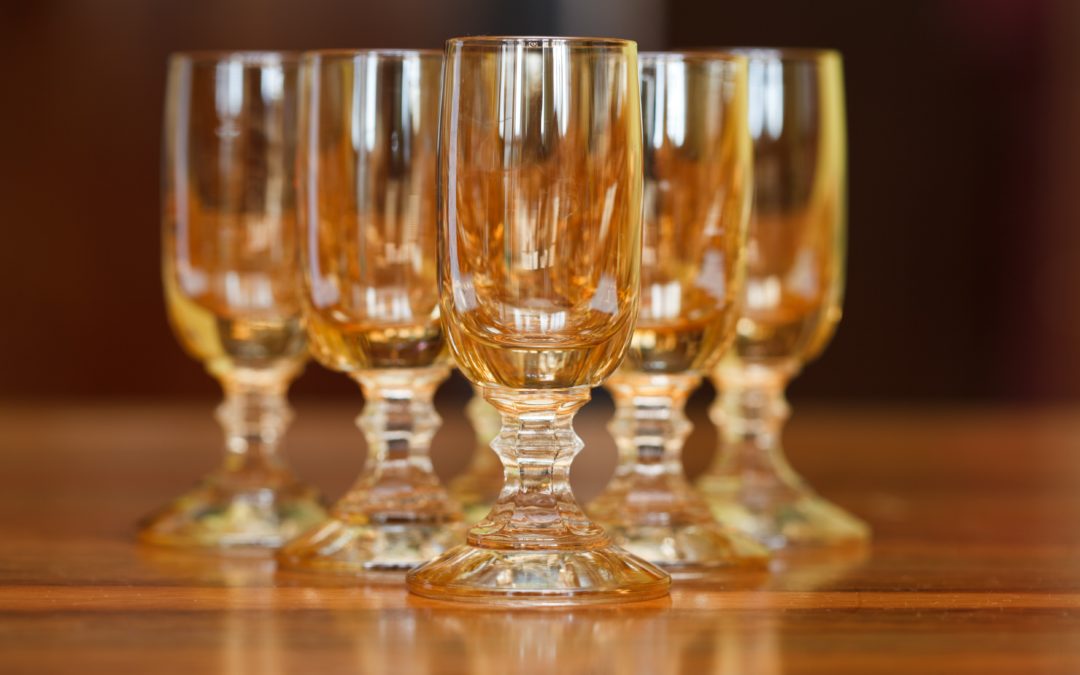
by Lorri | Feb 6, 2019 | UnCorked
Recently, I was giving an exam to some of my first-year wine students. Just before the exam I overheard a group discussing wines they had been enjoying lately. It got my attention because these were obscure grapes rarely discussed.
I was curious as to how they even knew some of these grapes and were they really exploring them for their everyday bottles?
It turns out, these students are part of a growing trend among younger wine drinkers seeking exotic and lesser known grapes. Their buying habits are quite different from the generations before them who sought out the comfort and familiarity of the noble grapes. These young wine drinkers (aka Millennials and iGeneration/Generation Z) are seeking wines that their parents and grandparents likely avoided because they were unpronounceable or from unheard esoteric regions of origin.
Contributing to the emergence of more diverse grapes may be that millennials (ages 23-38) are drinking more wine than other age brackets and more than half have active social media accounts making getting the “word out” much faster and efficient.
In the past most of these “obscure” grapes only came to the consumer’s attention on restaurant wine lists where the sommelier had to steer the diner away from the comfort of the chardonnay and merlot to explore something different. Many restaurants were reluctant to include such so-called exotic, unusual or oddball wines on the list because of consumer confusion, but today more consumers are searching for wines unique and different.
The following lesser-known grapes are good starting points for those wishing to explore beyond the usual. Spain’s mencia tastes much like a cross between pinot noir and syrah. Sicily is home to carricant, similar to the taste of cool-climate chardonnays. Hungary’s Furmint has the aromas of sauvignon blanc and the refreshing acidity of a Riesling. Mourvedre, also known as mataro and monastrell, is known for its earthy rich full-bodied flavors.
THE VALUE
- 2017 Triton Mencia, Spain (about $17 retail)
THE SPLURGE
- 2017 Cline Ancient Vine Mourvedre, California (about $20 retail)
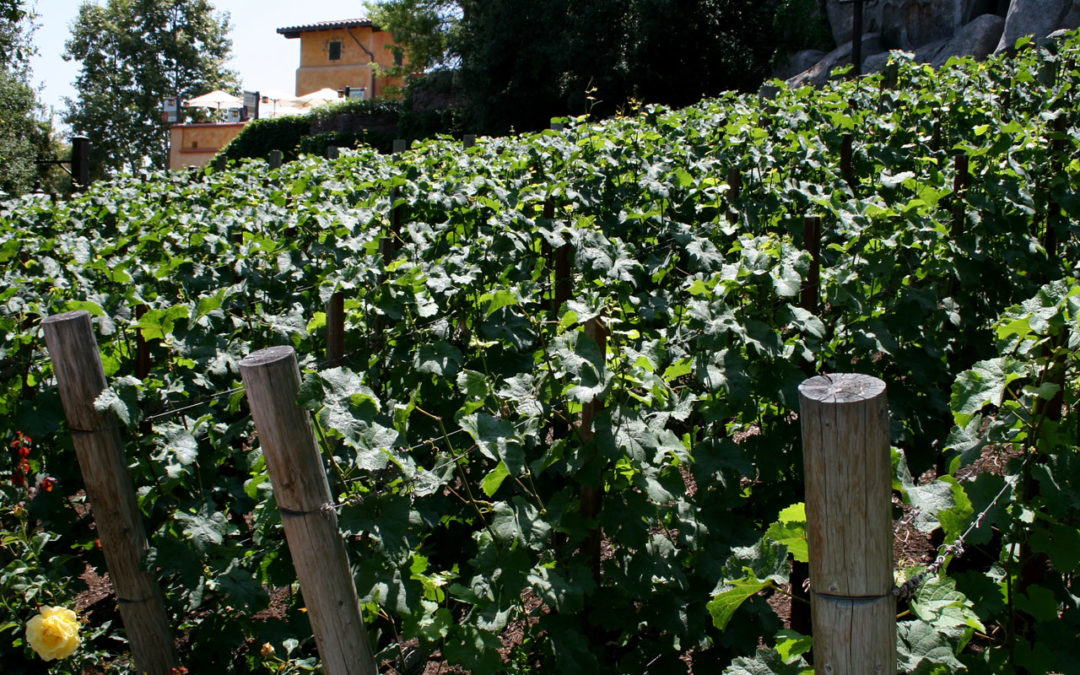
by Lorri | Jan 30, 2019 | UnCorked
Many of us are in a dedicated love affair with Napa Valley wines. But most of my readers confess their love for these wines doesn’t always line up with their everyday dinner budget.
There are Napa Valley wineries offering exceptional wines that won’t break the bank.
Flora Springs Winery was one of the first wineries I visited during my inaugural visit to Napa Valley more than 15 years ago. I was honored with a private one-on-one tour. Flora Springs Winery was founded in 1978 by Jerry and Flora Komes and the winery remains a family affair.
Flora Springs started making cabernet sauvignon in the late 1970s using the Bordeaux model, much like others in the Napa Valley. This was a time in U.S. winemaking that winemakers wanting high quality cabernets were producing them to warrant long periods of aging. Before aging, most of these wines were simply too big, tannic and overpowering to drink.
Flora Springs’ Napa Valley Merlot is one of those people-pleasing wines nearly everyone enjoys. It was Flora Komes’ favorite with its supple fruit flavors and easygoing texture. The 2016 brings all of Napa Valley’s best vineyards into one bottle with the fruits sourced from the prestigious sites of St. Helena, Rutherford and Oakville, properties Flora Springs has owned and farmed for decades. My reason for buying this wine is — not only am I getting Napa Valley’s finest — it is priced so I can fit it into my everyday dinner budget.
The 2016 Napa Valley Cabernet also comes from the coveted sustainably farmed estate vineyards of St. Helena, Rutherford and Oakville. It’s not only the source of the grapes making this wine exceptional, but the detail and techniques used by Flora Springs in winemaking. This wine was made with hand harvested grapes, cold soaked for several days to extract flavor and color. Several of their lots underwent extended maceration to refine and soften the tannins, making the wines much more approachable. And to add to the complexity of this wine the winemaker aged it in French and American oak barrels for 19 months prior to blending.
THE VALUE
- 2016 Flora Springs Winery Napa Valley Merlot, California (about $35 retail)
THE SPLURGE
- 2016 Flora Springs Winery Napa Valley Cabernet Sauvignon, California (about $50 retail)





